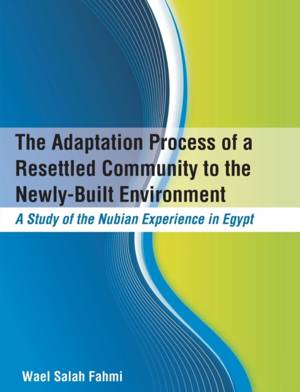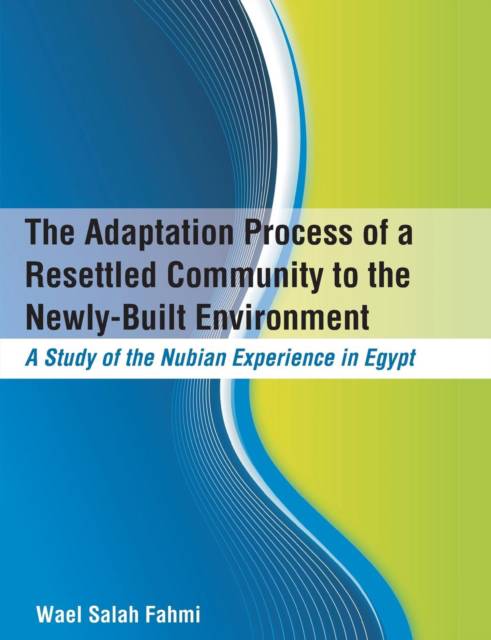
Door een staking bij bpost kan je online bestelling op dit moment iets langer onderweg zijn dan voorzien. Dringend iets nodig? Onze winkels ontvangen jou met open armen!
- Afhalen na 1 uur in een winkel met voorraad
- Gratis thuislevering in België vanaf € 30
- Ruim aanbod met 7 miljoen producten
Door een staking bij bpost kan je online bestelling op dit moment iets langer onderweg zijn dan voorzien. Dringend iets nodig? Onze winkels ontvangen jou met open armen!
- Afhalen na 1 uur in een winkel met voorraad
- Gratis thuislevering in België vanaf € 30
- Ruim aanbod met 7 miljoen producten
Zoeken
The Adaptation Process of a Resettled Community to the Newly-Built Environment A Study of the Nubian Experience in Egypt
Wael Salah Fahmi
Paperback | Engels
€ 53,45
+ 106 punten
Omschrijving
Generally, construction of dams is regarded as means of economic progress in many countries. Major consequences of such projects are the inundation of upstream areas and the resettlement of entire communities in newly-built environments where they experience dramatic transformation in their lifestyles. The present study takes the Nubian resettlement experience after the creation of Lake Nasser that submerged their old settlements, along the river Nile. Following their resettlement, the design of the newly-built environment disrupted the Nubian traditional lifestyles and patterns of privacy mechanisms, territoriality and social interaction. The inadequacy of the newly-built environment was mainly attributed to the Nubians' transfer from spacious homes in the old villages to compact contiguous houses in the new settlements. The arrangement of these resettlement state built houses, distributed on the basis of household size, has further resulted in the fragmentation and the dispersion of traditional kinship-based neighborhoods. Within an interdisciplinary approach, the study is based on theoretical, historical and conceptual themes and on empirical research. It sets out to examine the households' responses towards, and adaptation mechanisms with, the newly-built environment, looking critically at the achievements of imposed top-down planning in meeting the socio-cultural and economic needs of those resettled.
Specificaties
Betrokkenen
- Auteur(s):
- Uitgeverij:
Inhoud
- Aantal bladzijden:
- 484
- Taal:
- Engels
Eigenschappen
- Productcode (EAN):
- 9781612334233
- Verschijningsdatum:
- 1/04/2014
- Uitvoering:
- Paperback
- Formaat:
- Trade paperback (VS)
- Afmetingen:
- 189 mm x 246 mm
- Gewicht:
- 857 g

Alleen bij Standaard Boekhandel
+ 106 punten op je klantenkaart van Standaard Boekhandel
Beoordelingen
We publiceren alleen reviews die voldoen aan de voorwaarden voor reviews. Bekijk onze voorwaarden voor reviews.











